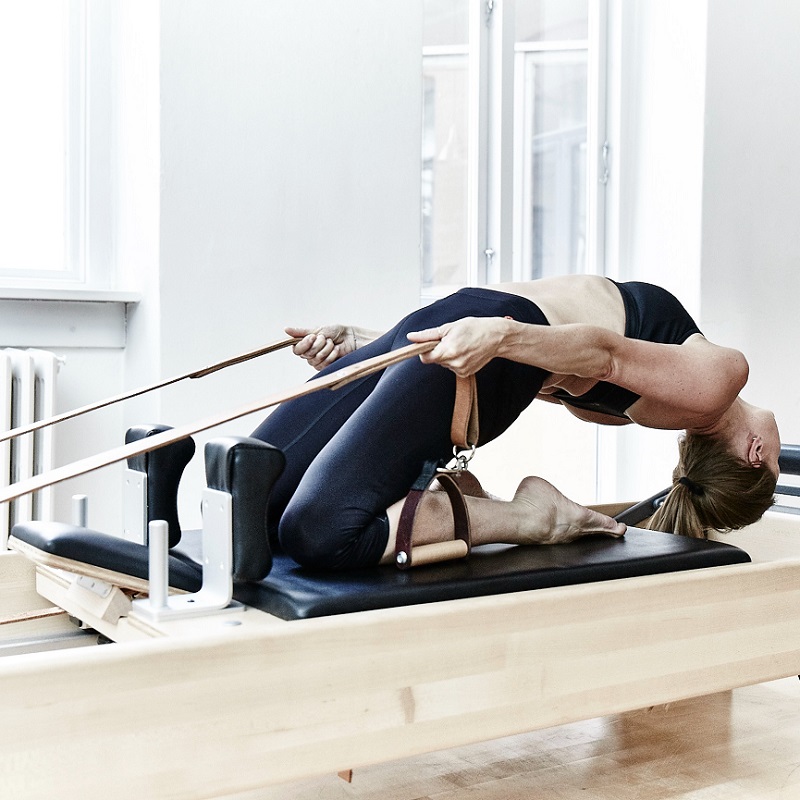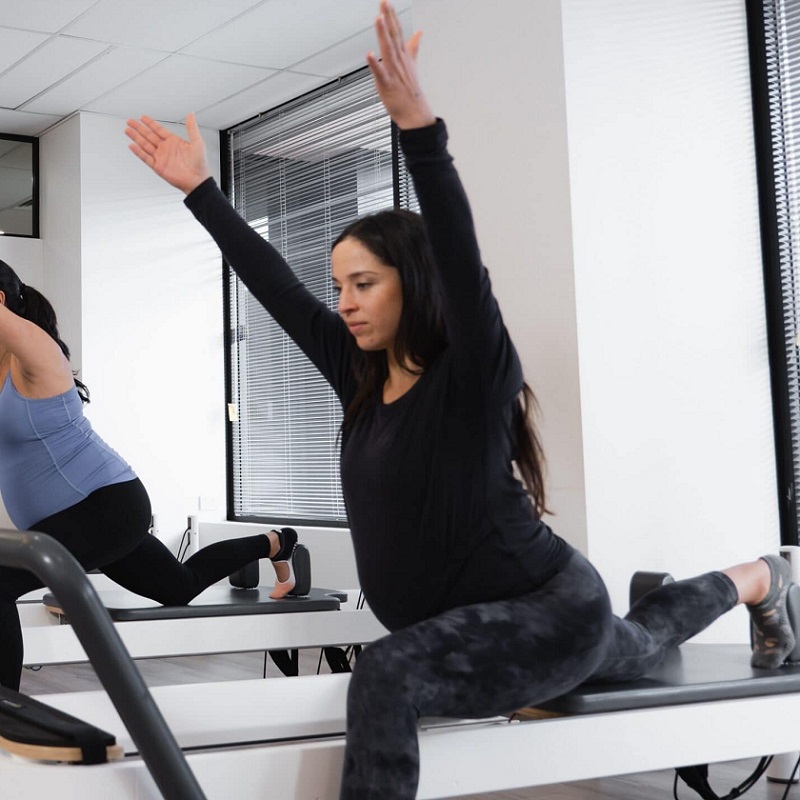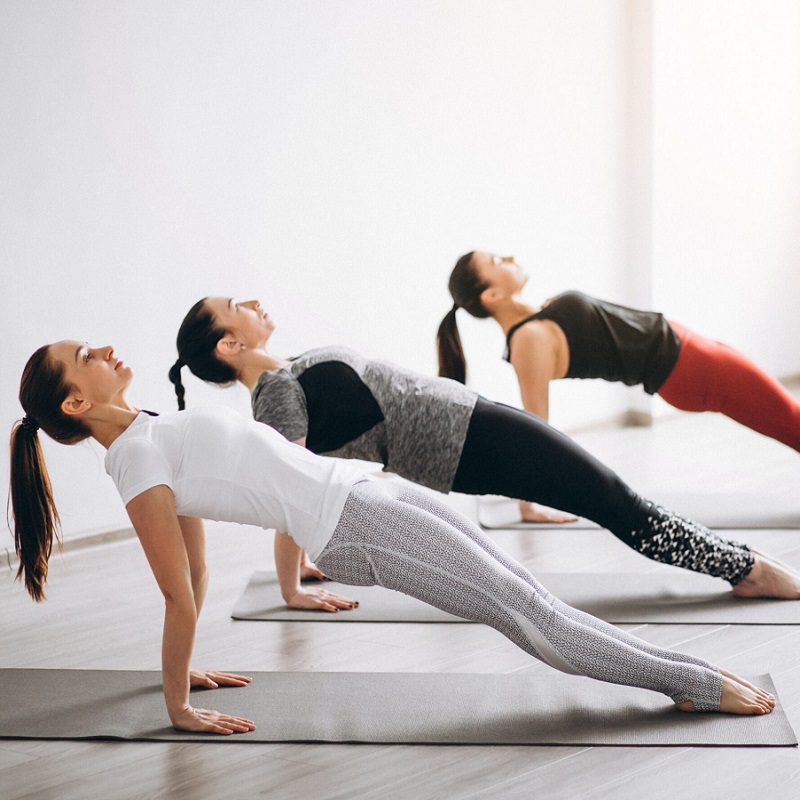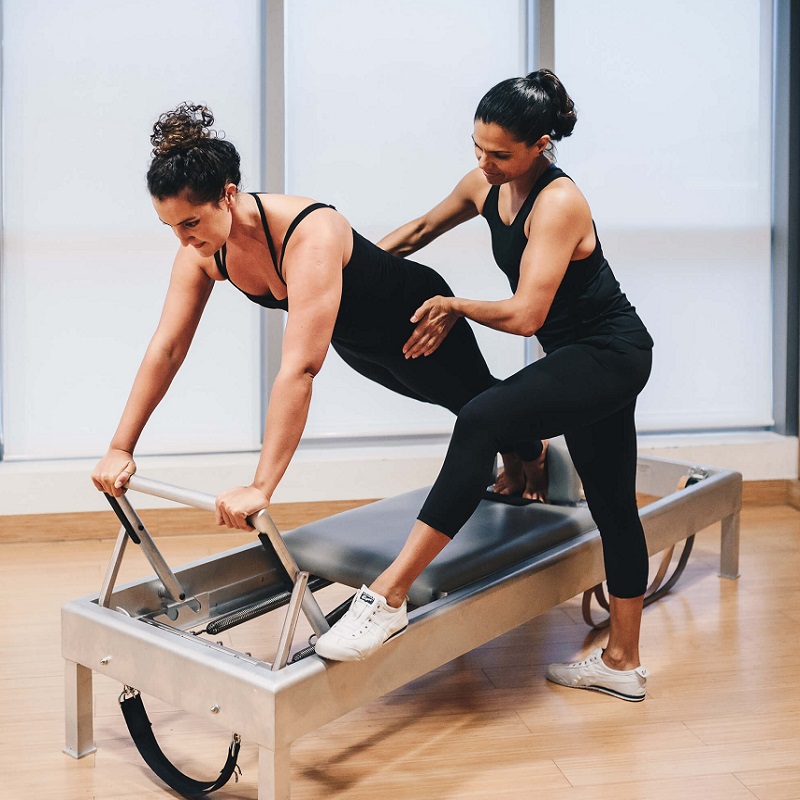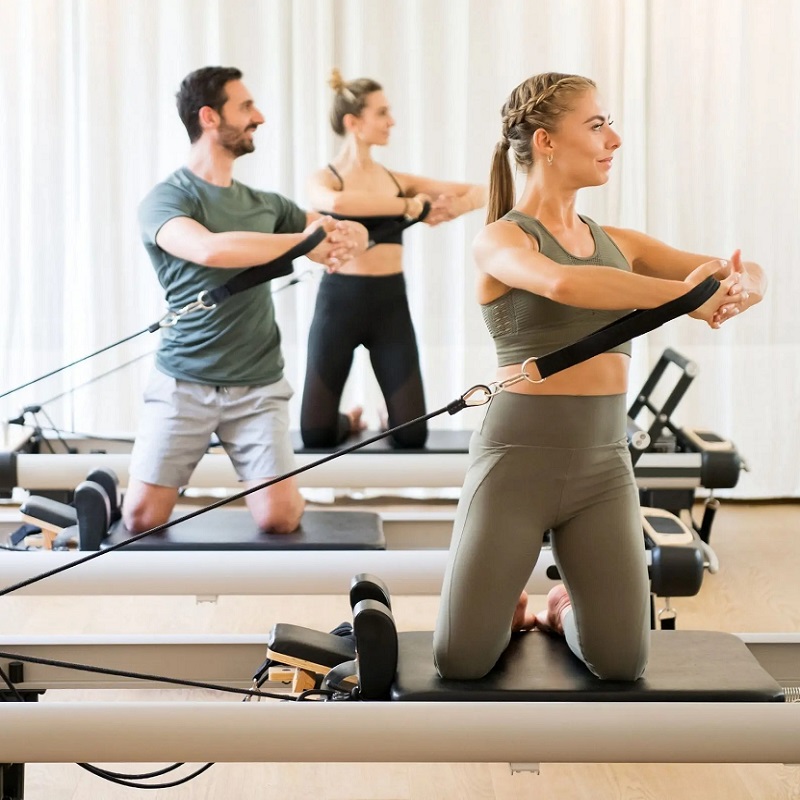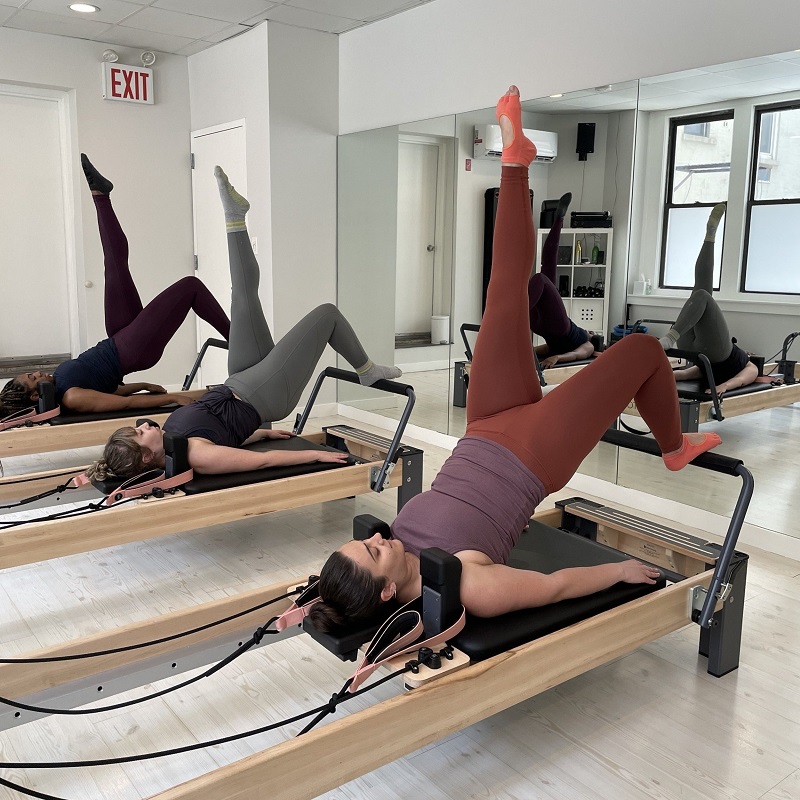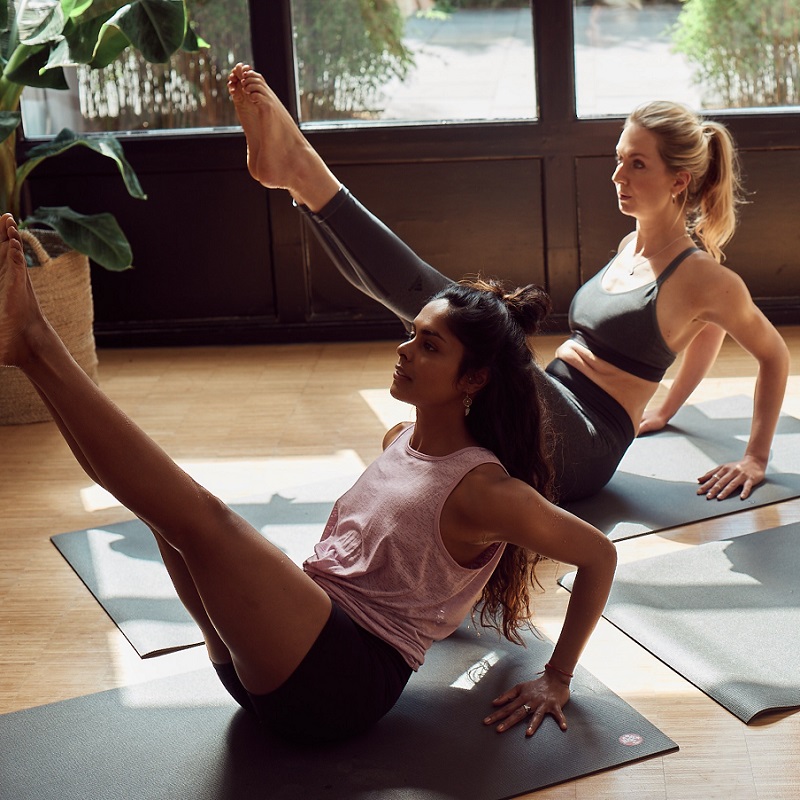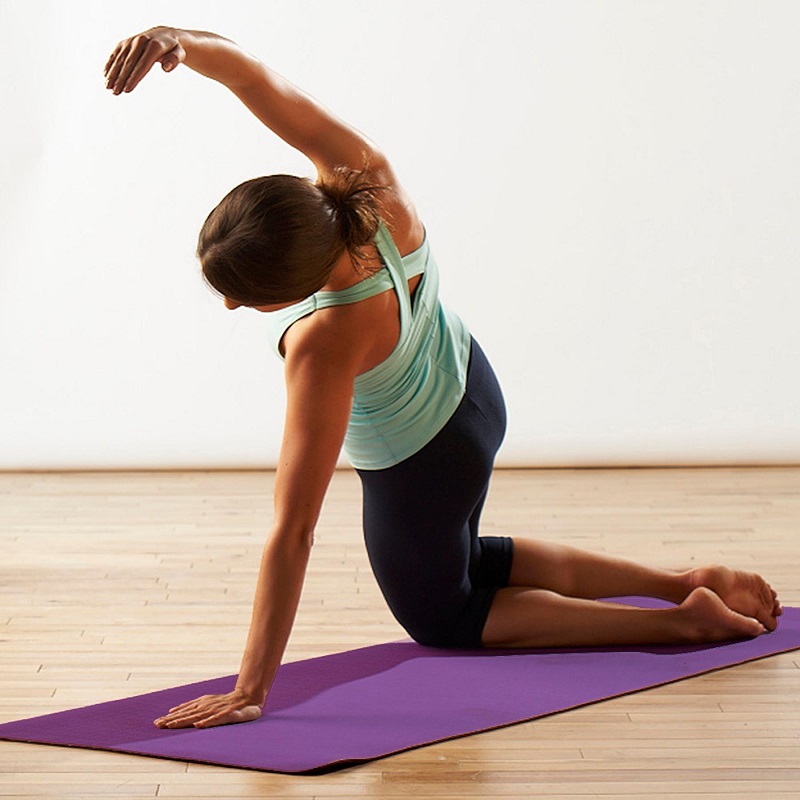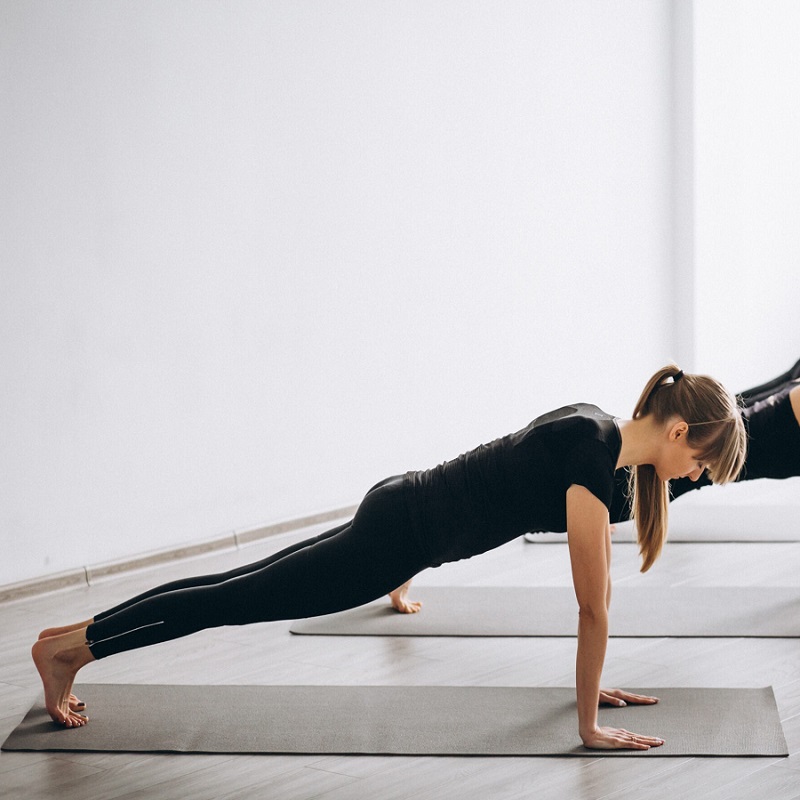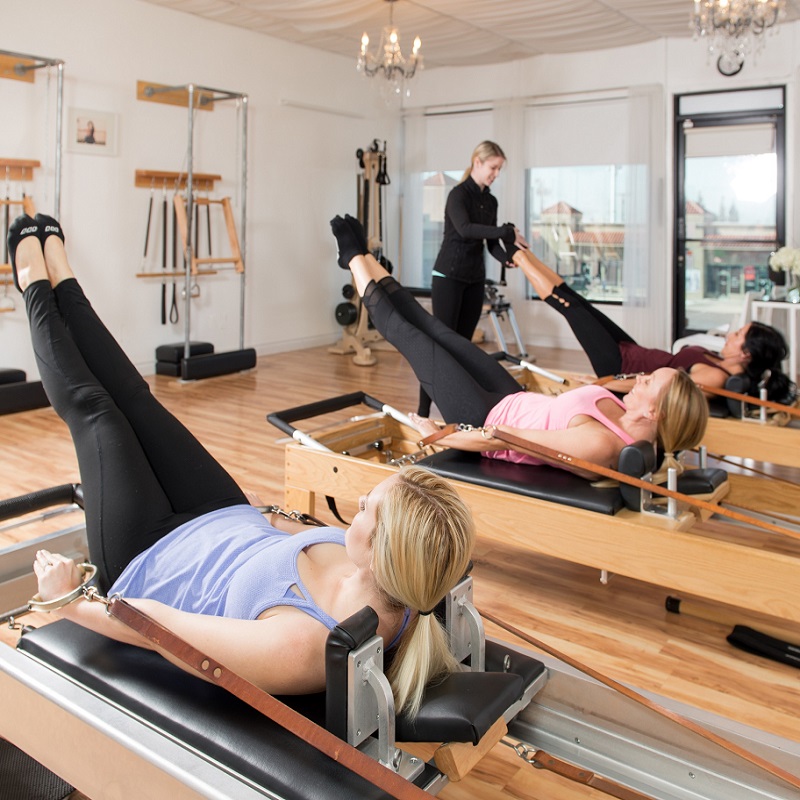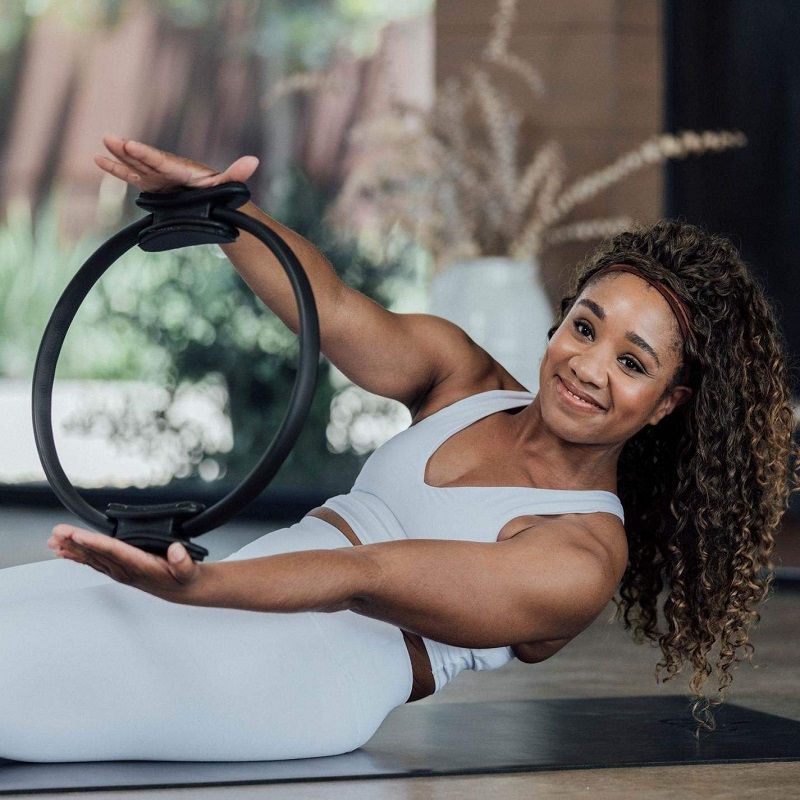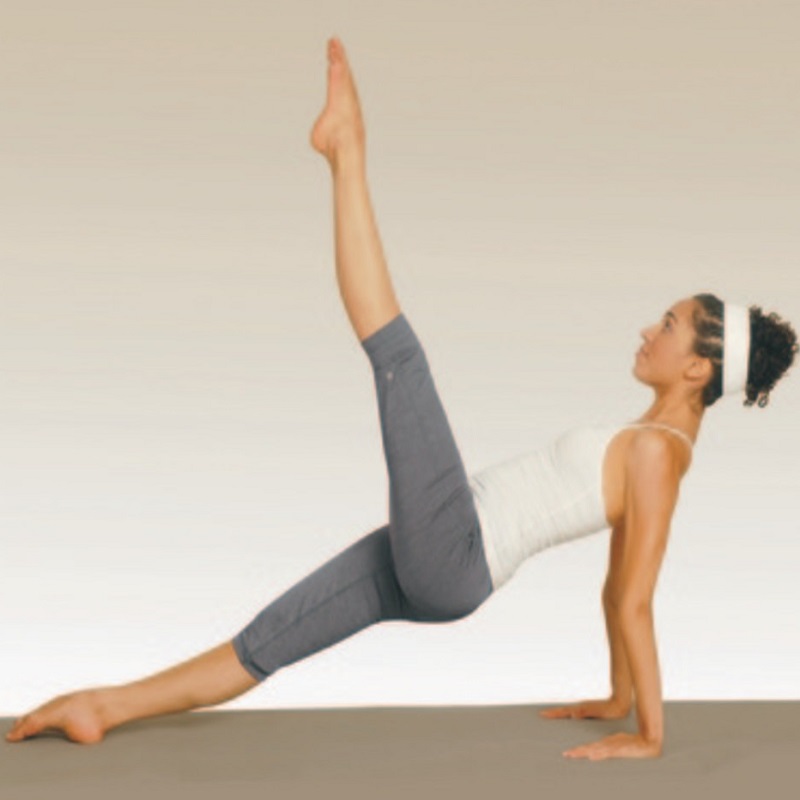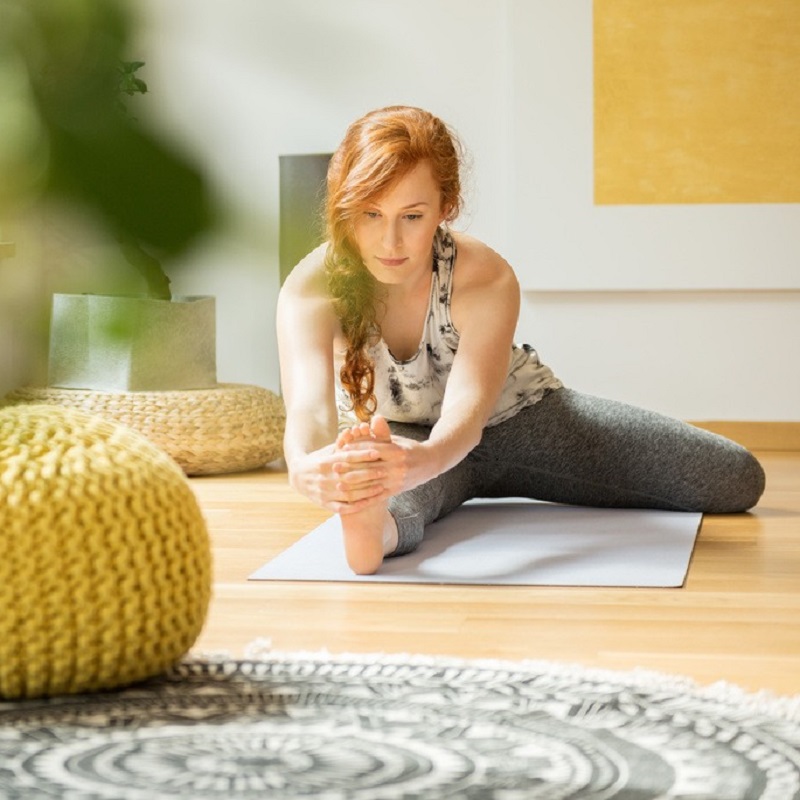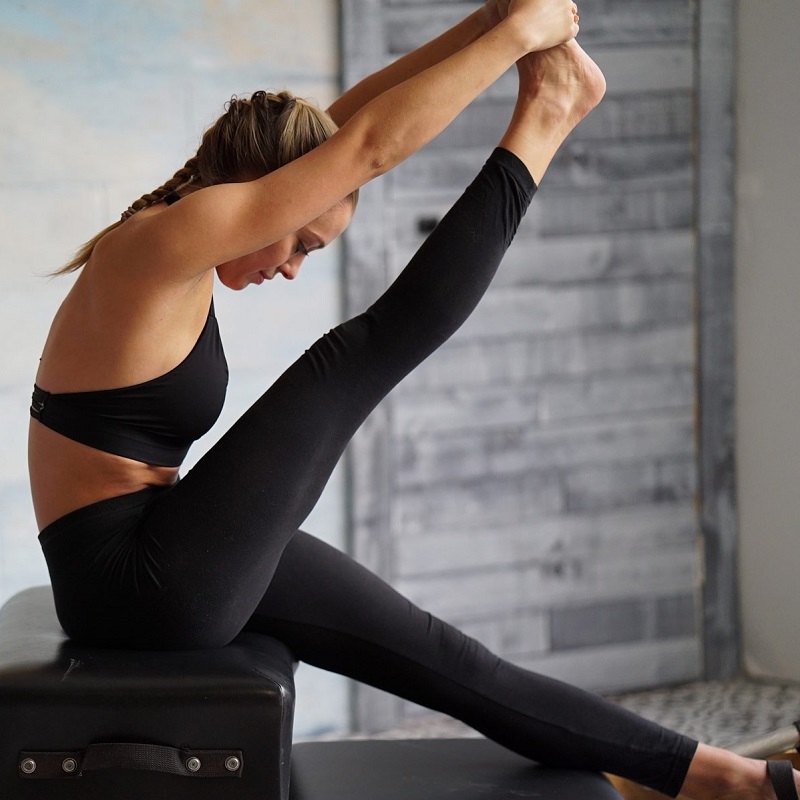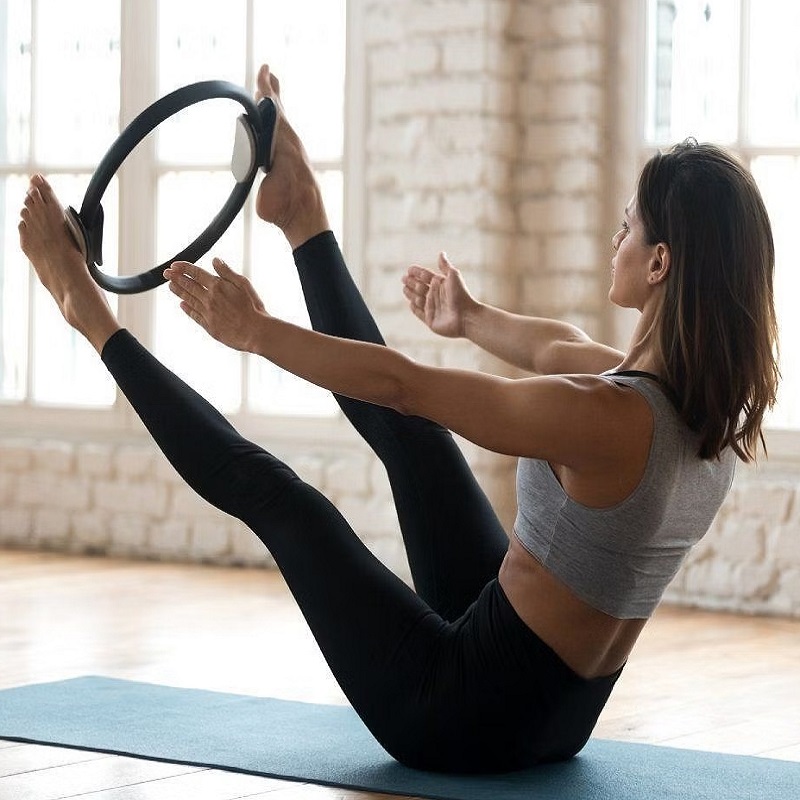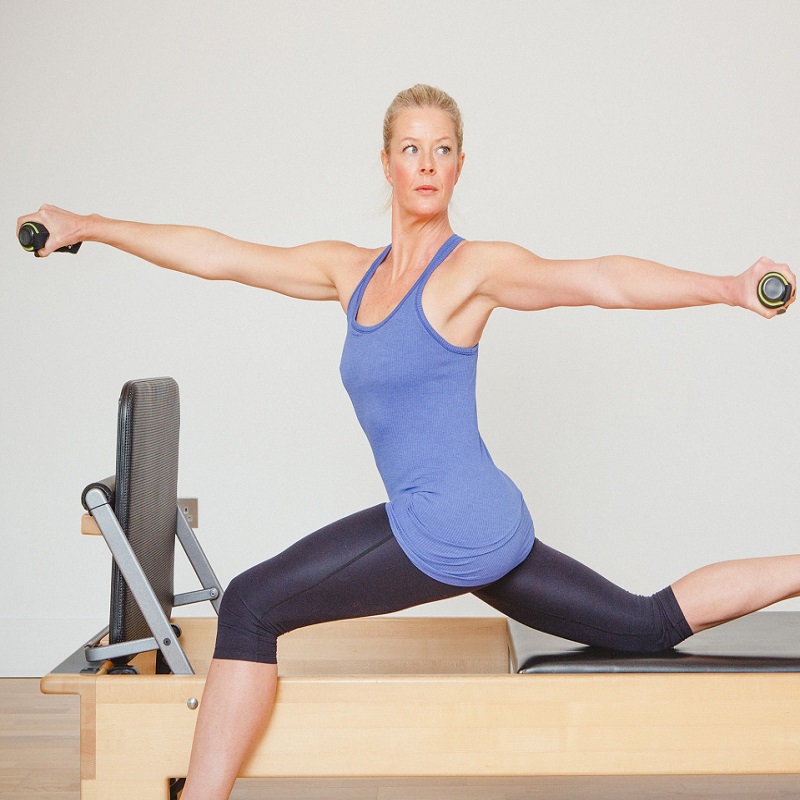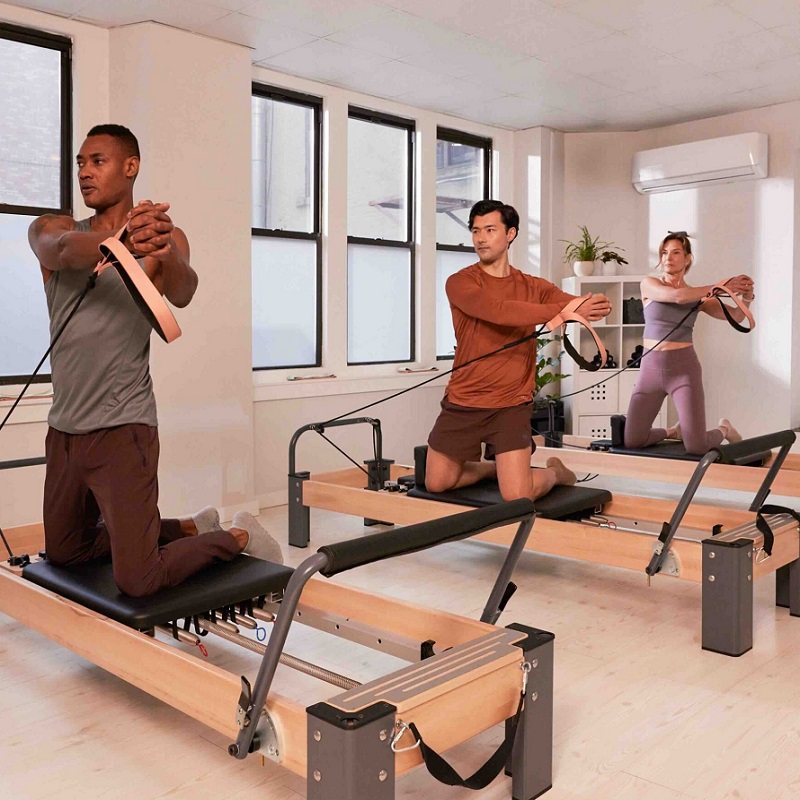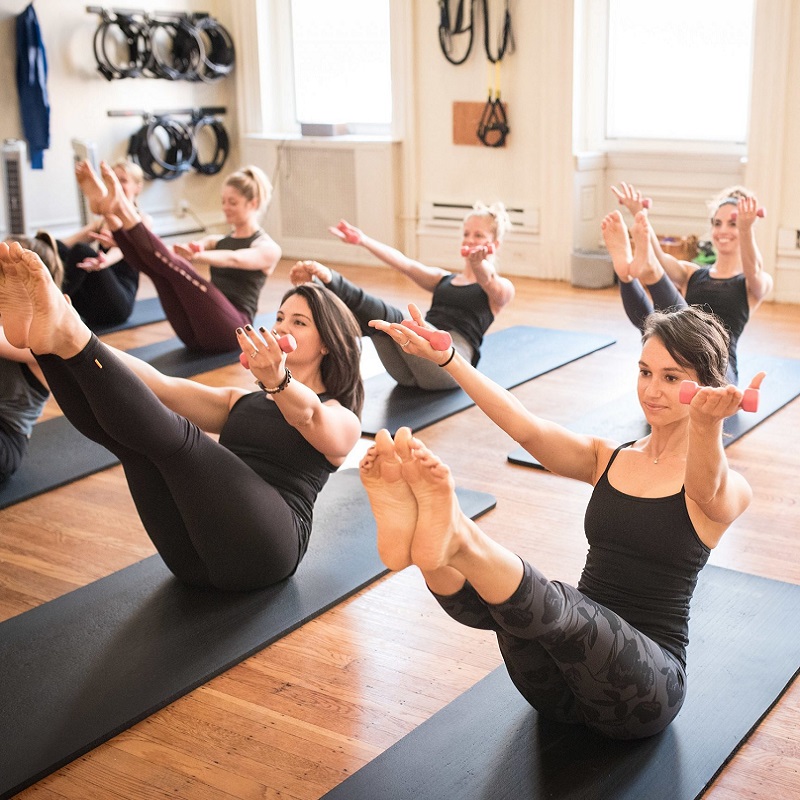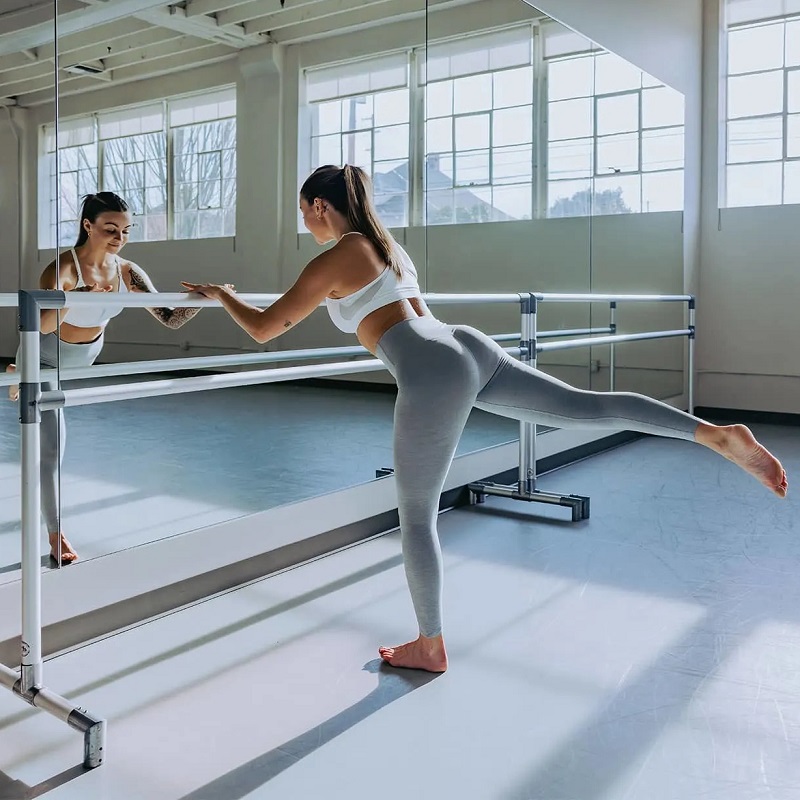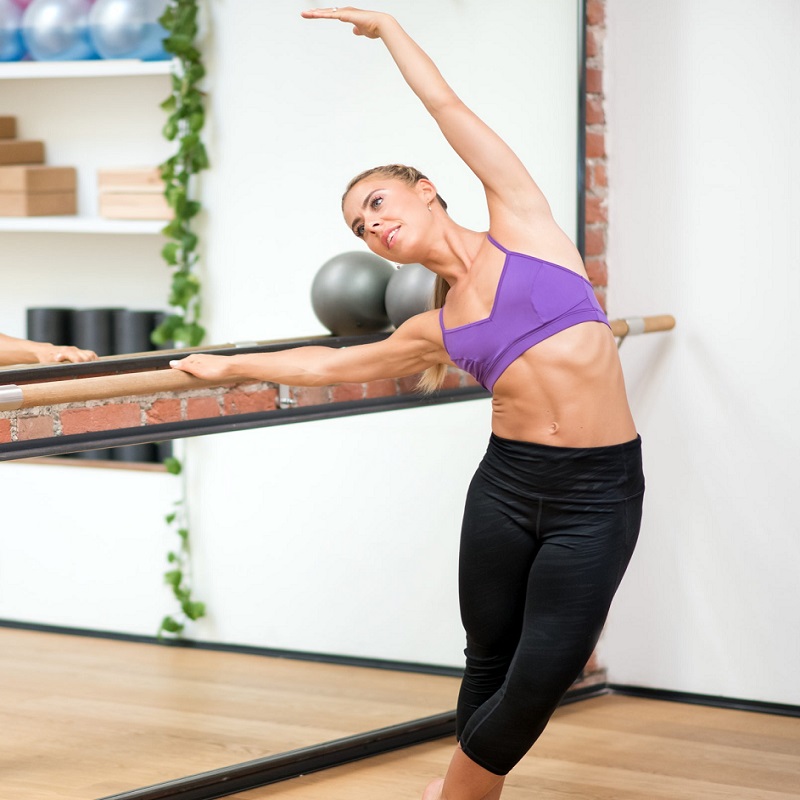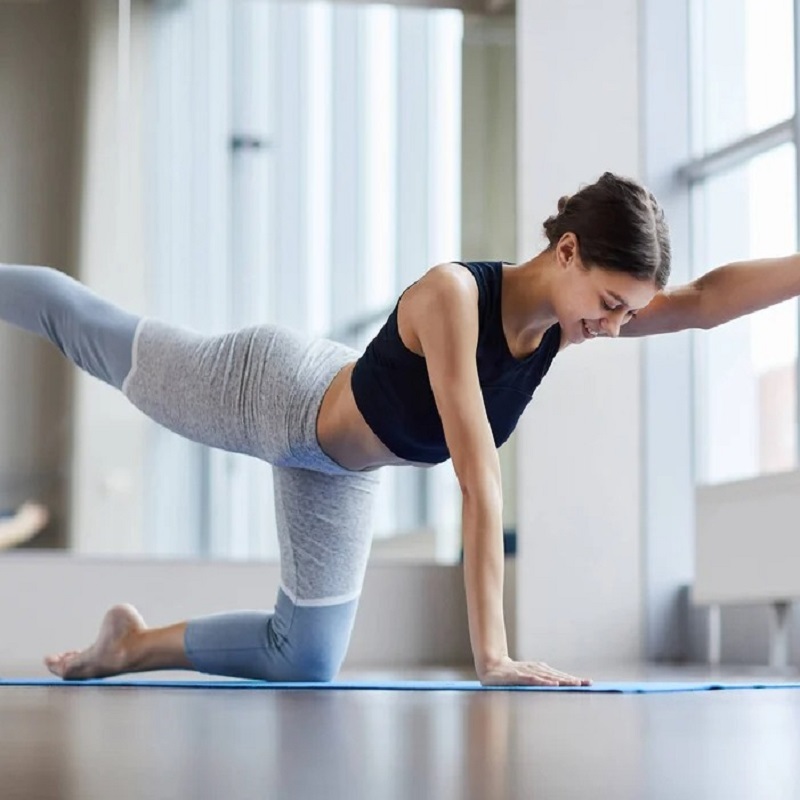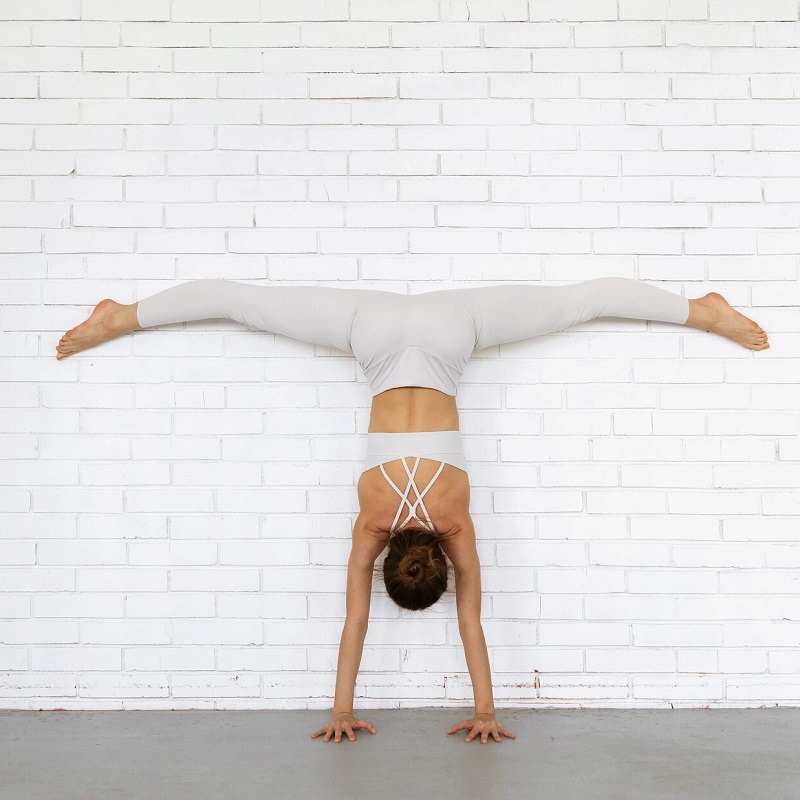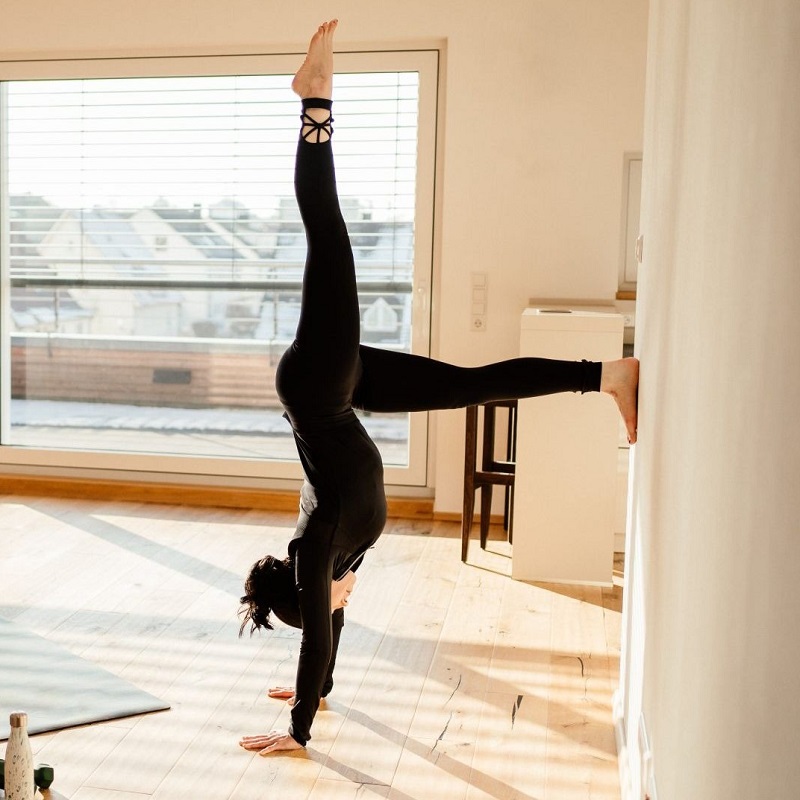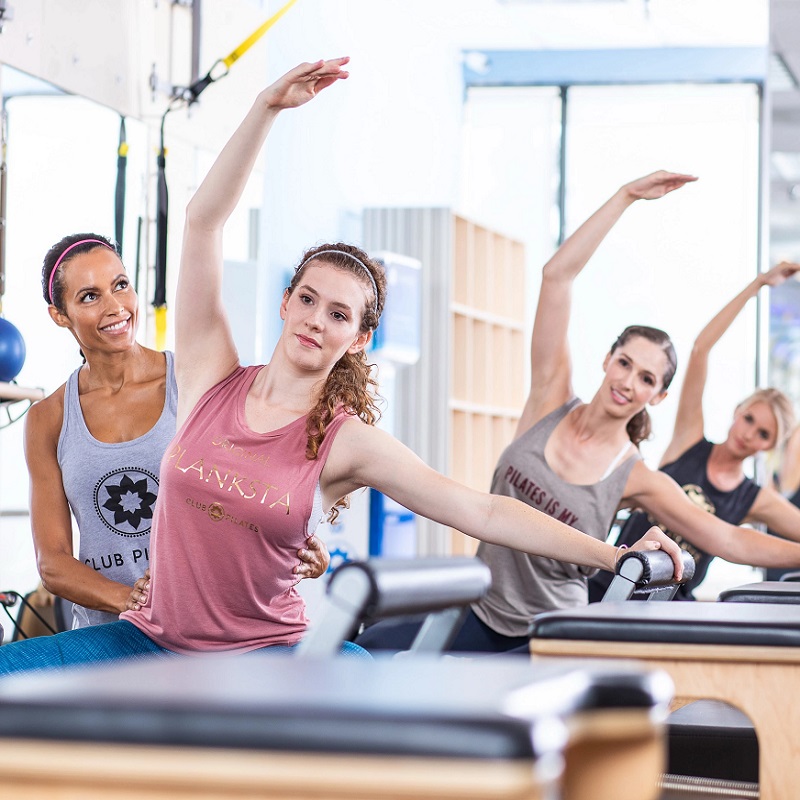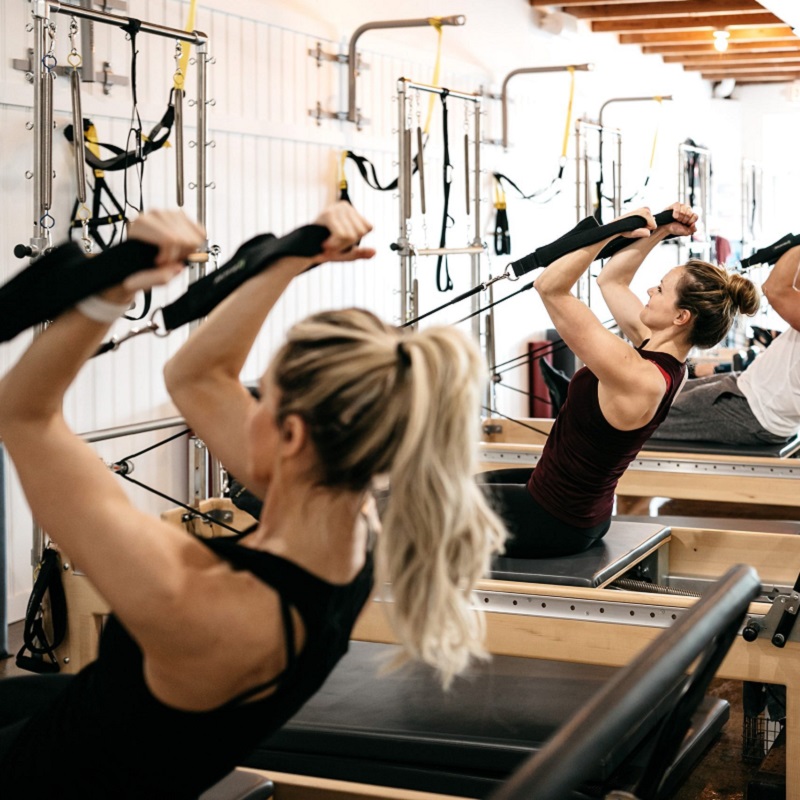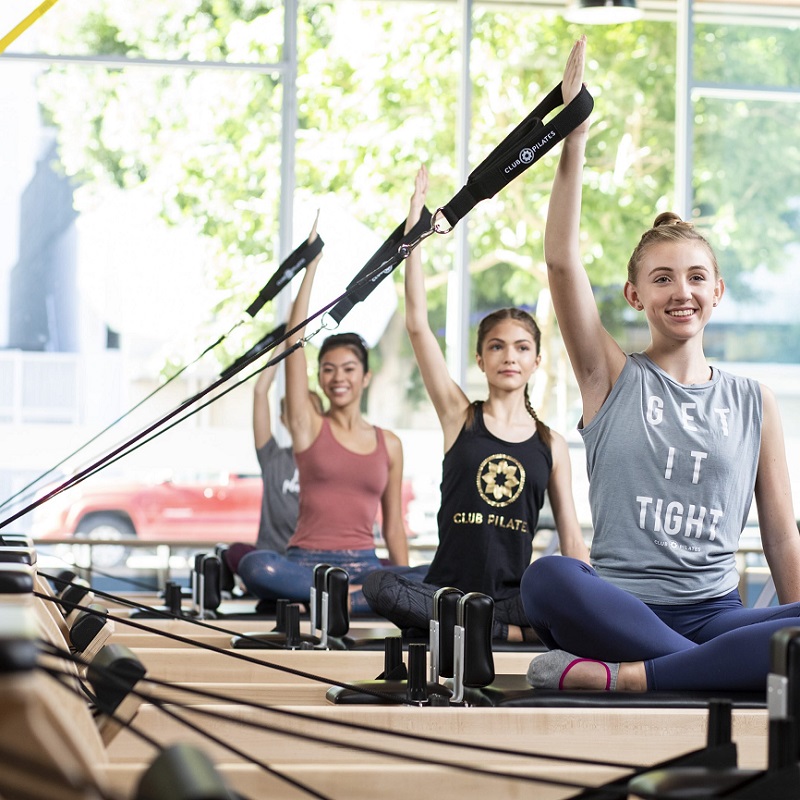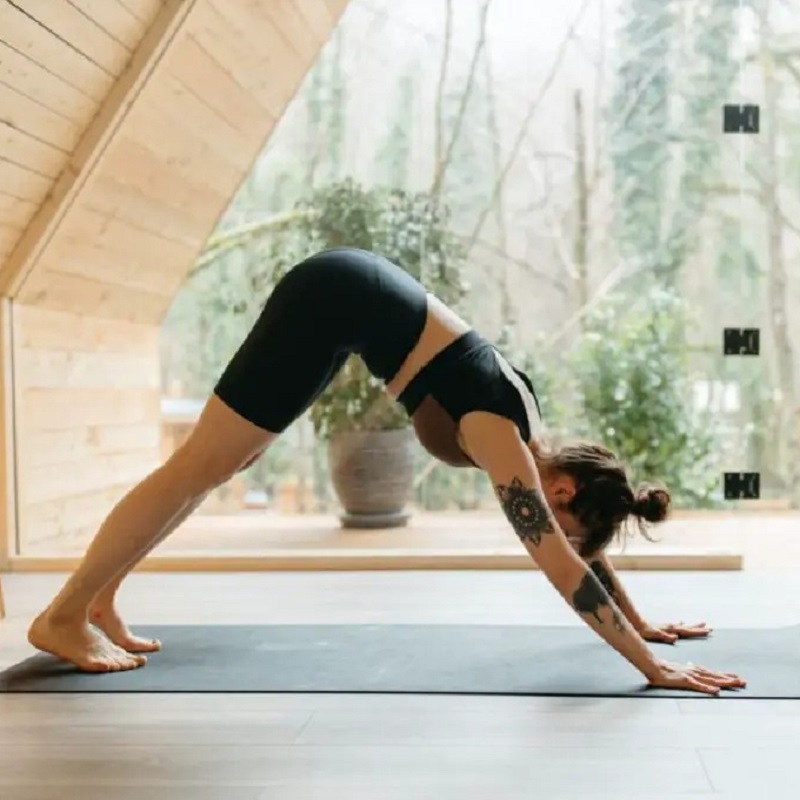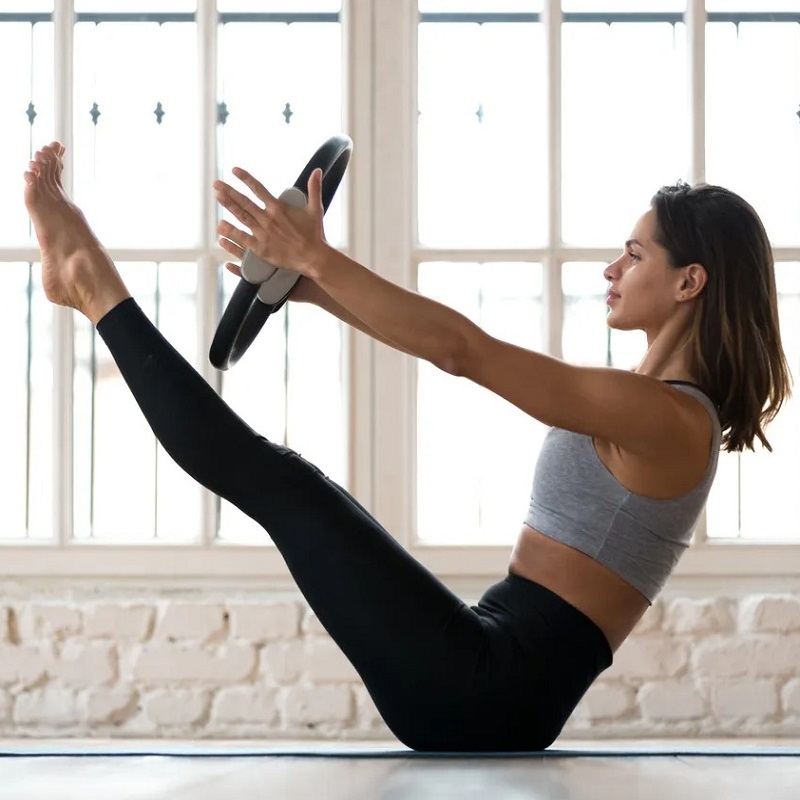Embarking on Your Fitness Adventure
Starting a fitness journey can be both exciting and overwhelming, especially for beginners. If you’re looking to boost Pilates as a part of your overall fitness plan, you’re in the right place. Pilates is a low-impact exercise method that emphasizes core strength, flexibility, and body awareness; consequently, it becomes an ideal choice for people of all ages and fitness levels. In this guide, we will cover what Pilates entails, its benefits, essential exercises, and how to create a personalized routine that fits your goals.
This beginners’ guide aims to provide you with actionable insights to help you confidently embark on your fitness journey. Thus, you can maximize the benefits of your Pilates practice. So, let’s dive into the world of Pilates and discover how it can positively transform your body and mind.
What is Pilates?
The Origins of Pilates
Pilates is a system of exercises developed by Joseph Pilates in the early 20th century. He designed the method to improve physical strength, flexibility, and posture while enhancing body awareness. Unlike traditional exercise forms that may focus solely on strength or endurance, Pilates offers a balanced workout that effectively targets multiple muscle groups simultaneously.
Core Principles of Pilates
Moreover, Pilates is built on six foundational principles: concentration, control, center, flow, precision, and breathing. Each of these principles plays a crucial role in ensuring that you perform exercises correctly and efficiently.
- Concentration: Focus your mind on each movement, which allows for greater body awareness.
- Control: Execute each movement with precision to prevent injuries and maximize effectiveness.
- Center: Engage your core muscles to create stability and balance throughout your exercises.
- Flow: Aim for smooth transitions between movements; this enhances your practice.
- Precision: Pay attention to detail; accuracy matters in achieving effective results.
- Breathing: Use breath to enhance movement and facilitate relaxation throughout your routine.
By understanding these principles, you will mitigate the risk of injury, and ultimately improve your performance as you learn Pilates.
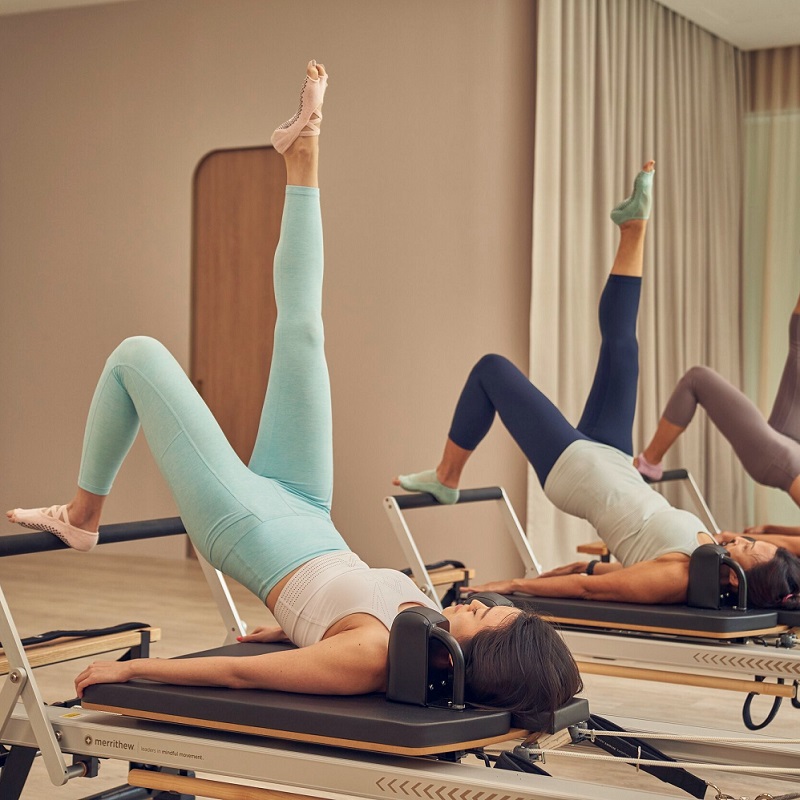
Benefits of Boosting Your Pilates Practice
Physical Advantages
One of the primary reasons individuals choose to engage in Pilates is due to its numerous physical benefits. For this reason, here are some significant advantages associated with a consistent Pilates practice:
Improved Flexibility
First and foremost, Pilates encourages stretching and elongating muscles, leading to increased overall flexibility. As you become more flexible, you will find it easier to perform daily activities and engage in other forms of exercise.
Enhanced Core Strength
Additionally, many Pilates exercises focus specifically on the muscles of the core, which play a critical role in supporting your body during various movements. Therefore, a stronger core improves your posture while reducing the risk of injury.
Mental Benefits
In addition to physical improvements, Pilates also provides significant mental benefits that further motivate practitioners to continue their routine:
Stress Reduction
Engaging in mindful movement can help alleviate stress by promoting relaxation. Furthermore, the focus on breathing techniques aids in calming the mind, thereby lowering anxiety levels.
Improved Concentration
Moreover, the mindfulness required in Pilates encourages you to stay present, ultimately enhancing your concentration skills. This heightened focus often carries over into other areas of your life, enabling you to accomplish tasks more efficiently.
By consistently incorporating Pilates into your routine, you can enjoy these various physical and mental benefits that contribute to your overall well-being.
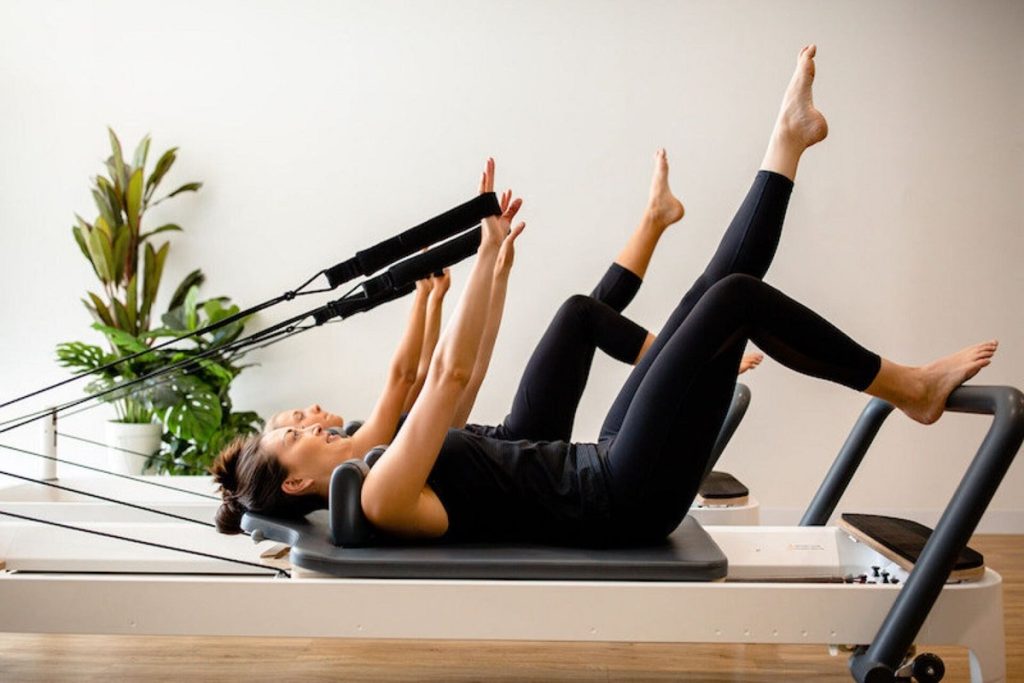
Essential Equipment for Beginners
Basic Equipment Needed
Getting started with Pilates doesn’t require extensive or expensive gear. However, having a few essential items can greatly enhance your experience while ensuring that you perform the movements correctly. Here’s a list of basic equipment to consider:
- Pilates Mat
A high-quality, non-slip mat provides cushioning for your spine and joints while you practice. Consequently, this investment ensures comfort during various exercises and protects against potential injuries. - Resistance Bands
These versatile tools can help increase or decrease the intensity of your workout. Furthermore, resistance bands can be used to facilitate better movements while enhancing strength and flexibility. - Light Weights
A set of light hand weights can be beneficial for adding resistance to certain exercises. However, remember that weights are optional; you can achieve effective workouts without them. - Pilates Props
Tools like small exercise balls and foam rollers can add variety to your routine and enhance certain exercises. Thus, these props help you target muscles more effectively and improve your stability.
By investing in these basic items, you set yourself up for a comfortable and successful Pilates practice that caters specifically to beginners.
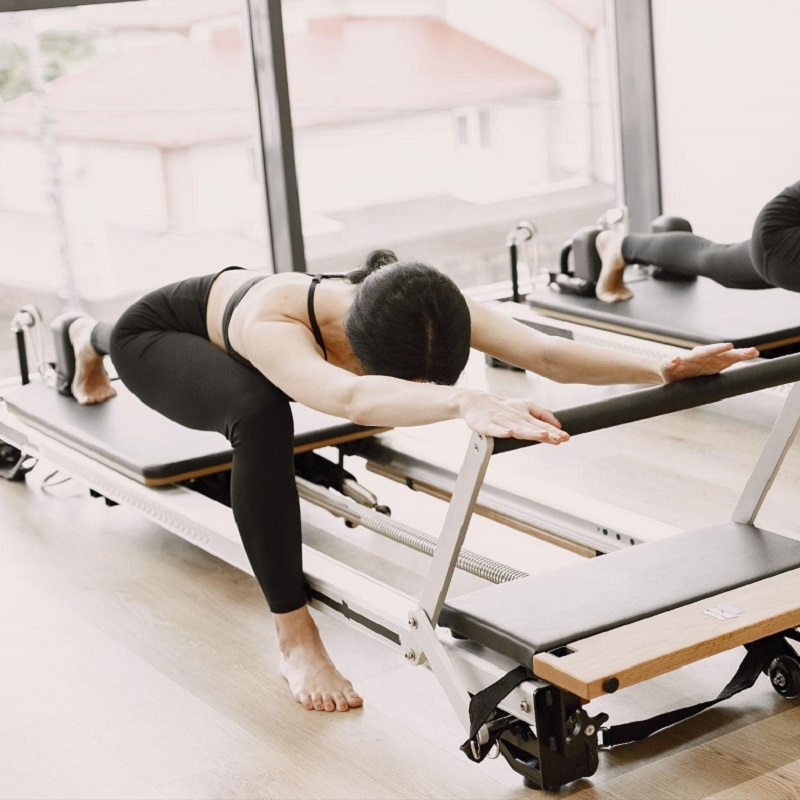
Popular Pilates Exercises for Beginners
Starting with Foundational Moves
To effectively boost Pilates in your fitness routine, it’s essential to master foundational exercises. These moves target various muscle groups while reinforcing essential principles. Consequently, they help you build strength and confidence. Here are some popular Pilates exercises suited for beginners:
The Hundred
This classic exercise focuses on core engagement and improves circulation. To perform it, lie on your back with knees lifted to a tabletop position, head and shoulders off the mat, and arms at your sides. Then, inhale for five counts as you pump your arms up and down; exhale for five counts. Repeat until you reach 100 counts.
Roll-Up
This exercise targets the abdominals and promotes spinal flexibility. Lie flat on your back with arms extended overhead. Inhale as you tuck your chin and roll up to reach your toes. Next, exhale as you roll back down with control. Aim for 5 to 8 repetitions to start.
Single Leg Circles
This move enhances hip mobility and coordination. Lie on your back and extend one leg straight up toward the ceiling, keeping the other leg flat on the floor. Draw circles with the raised leg while maintaining stability in your hips. Perform 5 to 8 circles in each direction before switching legs.
Bridges
Target your glutes and lower back while promoting spinal stability. Lie on your back with knees bent and feet flat on the floor. Press through your heels to lift your hips off the mat, creating a straight line from shoulders to knees. Hold for a few seconds before lowering back down.
Plank
This powerful exercise strengthens the entire core and upper body. Start in a push-up position, resting on your forearms or hands. As you do this, maintain a straight line from head to heels, engaging your core throughout the hold. Aim for 20 to 30 seconds initially, gradually increasing the duration as you build stamina and strength.
Practicing These Exercises
These essential exercises will create a solid foundation for your Pilates practice. Not only will they serve as building blocks, but they will also lead you toward exploring more advanced movements in the future.
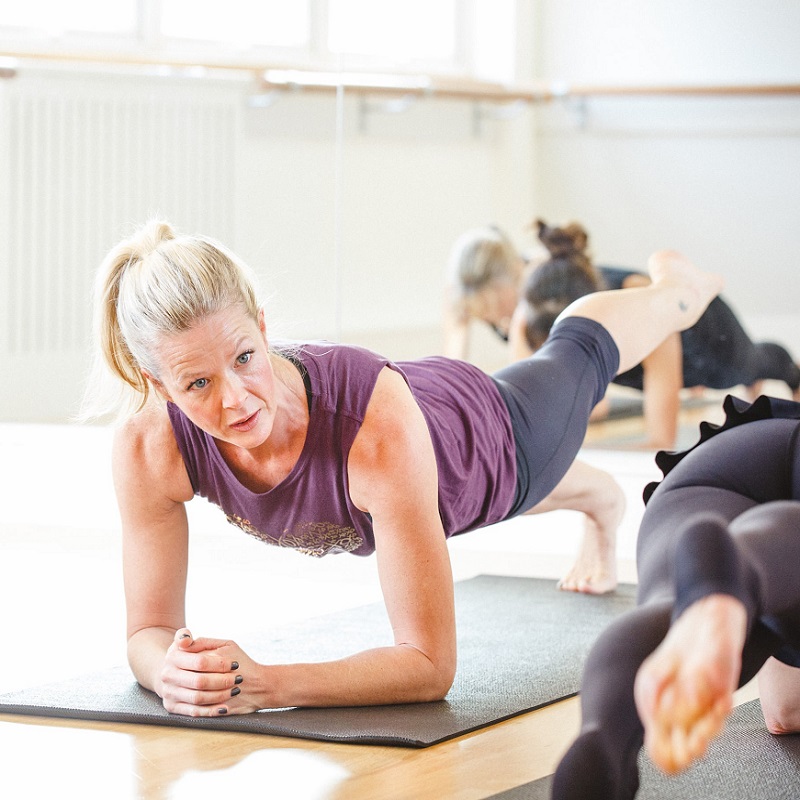
Creating a Personalized Pilates Routine
Establishing Your Practice
A structured routine is vital for ensuring that you consistently engage with your Pilates workouts. Here’s how to design a personalized Pilates routine that fits your lifestyle and goals:
Set Realistic Goals
Begin by identifying your specific fitness objectives; for instance, you might want to improve flexibility or enhance core strength. By setting clear goals, you will guide your practice, motivating yourself to continue.
Choose Frequency
Determine how often you want to commit to Pilates each week. Beginners might start with 2 to 3 sessions, gradually increasing the frequency as your fitness levels improve.
Designate Time Slots
Schedule fixed time slots in your calendar for Pilates practice, treating these appointments as non-negotiable. Consistency is crucial because regular practice yields the best results.
Mix It Up
Additionally, maintain variety in your routine. Experiment with different exercises, mix props, or even participate in group classes. This variety keeps your workouts fresh and exciting, which helps you stay committed.
Sample Weekly Routine
To help you get started, consider the following sample weekly routine incorporating the essential exercises mentioned earlier:
- Day 1 (Monday): 30-minute session featuring The Hundred, Roll-Up, and Bridges.
- Day 3 (Wednesday): 30-minute session focusing on Single Leg Circles, Plank, and gentle stretching.
- Day 5 (Friday): 45-minute class or online tutorial covering a full-body workout.
By establishing a personalized routine, you can ensure sustainable progress and improved results as you integrate Pilates into your fitness journey.
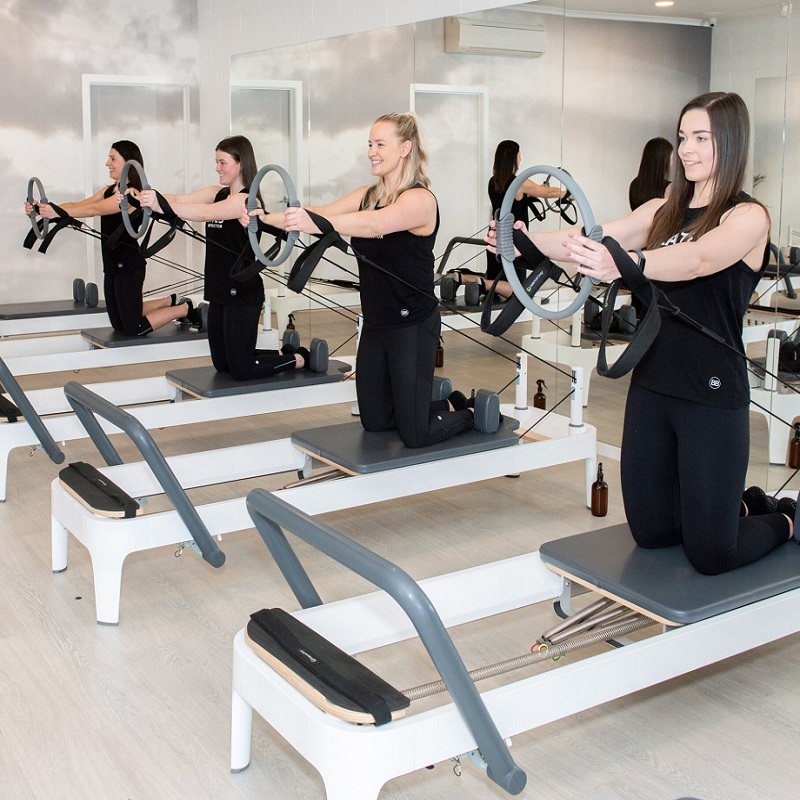
Staying Motivated and Overcoming Challenges
As with any fitness endeavor, staying motivated can pose challenges over time, especially for beginners. Here are some strategies to help you maintain your enthusiasm and overcome potential obstacles:
Track Your Progress
Consider maintaining a workout journal or using a fitness app to log your sessions, milestones, and achievements. Tracking your progress provides visual motivation and encourages accountability.
Build a Support Network
Connecting with others who share similar goals can significantly boost your motivation. Join local Pilates classes, online forums, or social media groups to foster camaraderie and support.
Embrace Self-Compassion
Understand that fitness journeys are not linear; setbacks can happen. Thus, practice self-compassion. If you miss a session or face challenges, simply redirect your focus to your long-term goals rather than dwelling on temporary difficulties.
Boost Your Pilates Journey Today
In conclusion, this Boost Pilates guide offers essential insights for beginners eager to start their fitness journey. By understanding the fundamentals of Pilates, recognizing its benefits, creating a personalized routine, and staying motivated, you can effectively enhance your overall health and well-being.
While starting your journey may seem challenging, you’ll find that with consistent practice, you can transform not only your body but also your mind. So, gather your equipment, embrace the principles of Pilates, and boost your practice today. Remember, every journey begins with a single step, and Pilates can be the pathway to a healthier, more balanced life!
